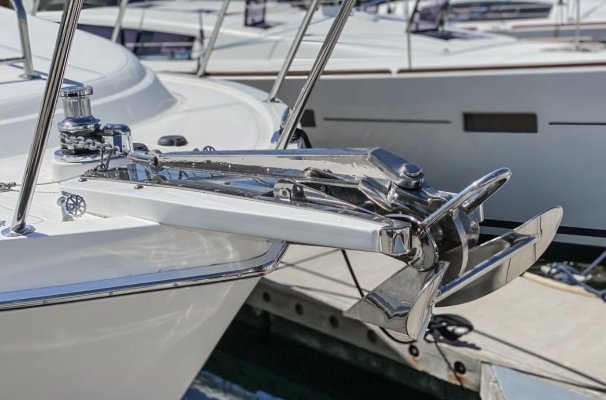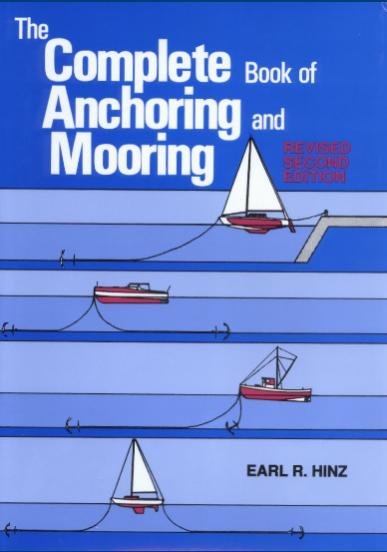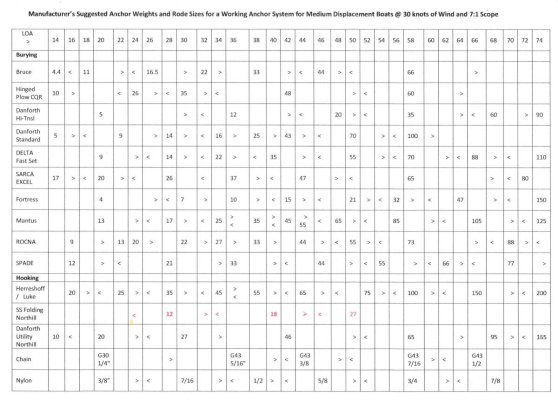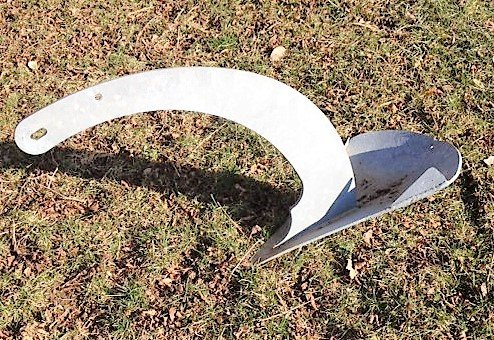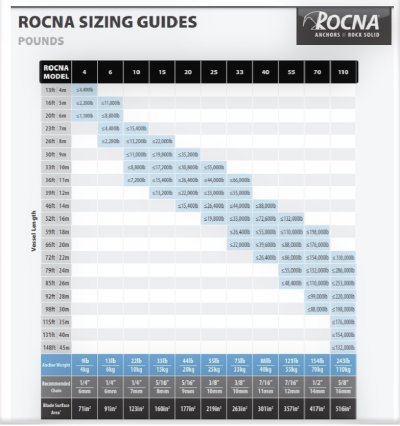I'm no expert, but I will share my experience. We have a Vulcan on our Nordic Tug 54 and have anchored in many conditions and many bottoms from Glacier Bay to Ensenada, MX. It's always held like a champ, including in some hard blows and sketchy bottoms. For what it's worth.
Mike
That's easy to believe Mike. Vulcan is a good anchor because it employs the revolutionary concave fluke first introduced by Spade's inventor and copied by Peter Smith for the original Rocna. For those of us that closely observed those earliest evangelists, we find it ironic that after denigrating the Spade for not featuring a hoop, Peter's appetite to sell more anchors, to those who couldn't tolerate a hoop, led him to further emulate the Spade, by eliminating his hoop and copying the arched shank Alain Poiraud used in sequels to his Spade, like the Sword, pictured below.
Most anchor tests have recognized that these two anchors exhibit comparable holding power, however the Spade almost always sets quicker due to the substantial weight of the lead poured into its tip. Minor tweaks to new generation geometry cannot overcome this advantage that is also a disadvantage in terms of initial fabrication costs or when an owner wants to re-galvanize. In such a case, the lead must be removed and then re-installed after galvanizing the steel.
Vulcan has not achieved a tip design yielding a comparable 'unfair advantage', which merely means it may not set as well as the Spade or others in certain bottoms, perhaps hard packed sand. Manufacturer's like SARCA and Mantus claim to have paid special attention to their tip designs. I can attest to the fact that Mantus' 2.5# dinghy anchor sets faster than I can believe. My SARCA Excel features a special stainless steel knife point welded into the tip along with lots of molten steel for weight. I haven't used it long enough to opine relative to my Spade, which only disappoints in thin mud.
Yet another important metric is shank strength. Because new generation anchors generally bury deeper, wind/current shifts can exert severe side pulls on shafts. Practical Sailor's findings prompted Mantus to upgrade the steel used in their unusually thin shank a few years ago. SARCA employs a very high grade Australian steel in their shank and Spade's shank is fabricated from three pieces of metal welded together, triangularly. And Rocna's shanks were only questionable in 2010 when Rocna declared that a Chinese manufacturer, employed an inferior grade of steel for their shanks, which resulted in a recall.
The endless anchor debates persist because there are very many variables. IMO, the big mistake to avoid is believing that only one or two anchor designs will satisfy all your needs over years and many cruising destinations. I've never felt prepared with less than five anchors aboard.
Don
Semper Paratus


